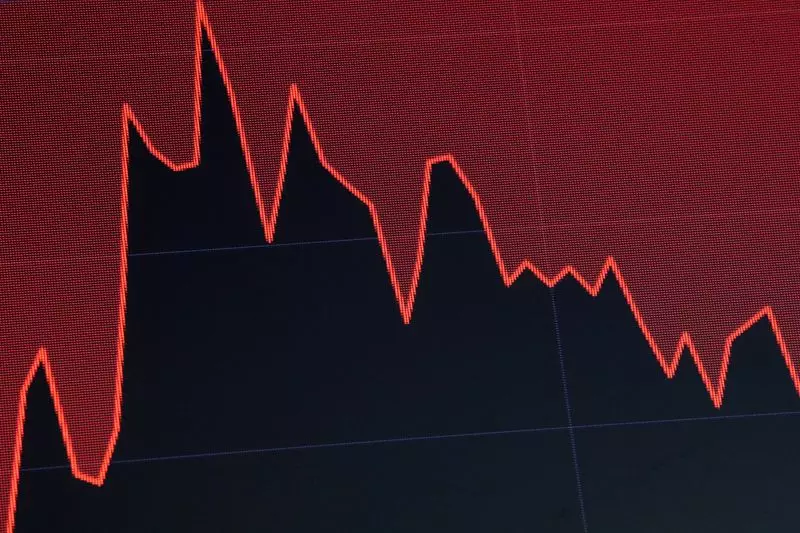The recent burst of volatility in financial markets has once again highlighted the inherent risks of speculative trading strategies that rely on low volatility environments. While these trades can be highly profitable in the short term, they are also extremely vulnerable to sudden spikes in volatility, which can lead to significant losses and potential market turmoil.
One of the key dangers of trading strategies that rely on low volatility is the illusion of stability that they create. Traders who engage in FX carry trades or basis trades often believe that they can maintain these positions indefinitely, reaping consistent profits over time. However, as recent events have shown, these trades are inherently unstable and can quickly unravel when volatility spikes.
The FX carry trade, for example, involves borrowing in a low-yielding currency and investing in a higher-yielding currency. The trader profits from the interest rate differential between the two currencies, but this strategy relies on low volatility and precise timing. Currencies with low returns are often seen as low-risk assets, while higher-yielding currencies are riskier due to factors such as inflation, credit risk, and political instability.
Timing is a critical factor in these types of trades, but it is also one of the most challenging aspects to get right. Many traders underestimate the difficulty of timing the market correctly, especially when volatility remains low for extended periods. As Brent Donnelly, president of Spectra Markets, points out, the carry trade can seem too good to be true, but the risk of a sudden spike in volatility can quickly wipe out profits.
Investors can easily become complacent when volatility remains low for an extended period. However, dramatic spikes in volatility, though rare, can have a significant impact on trading portfolios. Recent events, such as the sharp decline in the dollar against the yen, serve as a stark reminder of the dangers of complacency in the face of low volatility.
When trades based on low volatility environments go wrong, the consequences can be severe. A sudden increase in volatility can lead to substantial losses and even the collapse of investment funds. The fallout from these events can also have broader implications for the global financial system, as seen in previous episodes such as the Long Term Capital Management crisis in 1998.
As financial markets continue to grapple with unprecedented levels of volatility, traders and investors must remain vigilant against the risks posed by low volatility trading strategies. While these trades can be lucrative in the short term, they also carry significant dangers that should not be overlooked. The recent market turbulence serves as a sobering reminder of the importance of risk management and the perils of complacency in the face of uncertainty.

